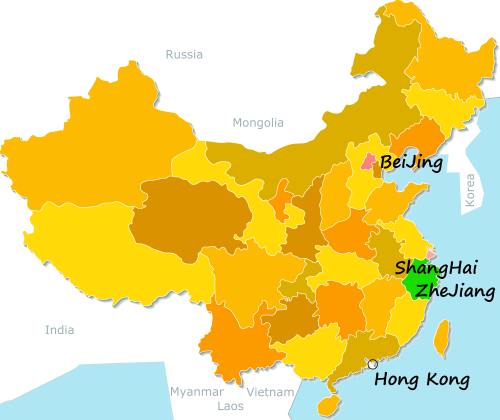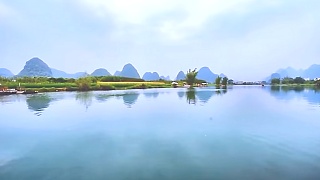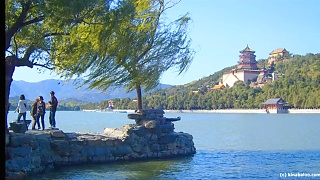This city lies on a beautiful island in HangZhou Bay.
The island is 500square kilometers in size and connected to the mainland by a bridge.
[640],shadow=true,start=,stop=
Live more ...
 ZhouShan 舟山, ZheJiang province
ZhouShan 舟山, ZheJiang provinceThis city lies on a beautiful island in HangZhou Bay.
The island is 500square kilometers in size and connected to the mainland by a bridge.
[640],shadow=true,start=,stop=

|
With Yin's Travel ...
Bonus film - driving on the XinJiang-Tibet highway, Kudi to Mazha - with Walk China ...
|

|
Relax on peaceful rides along beautiful winding rivers through lush vegetation and karst peaks.
GuangXi province, south China.
|

|
Relaxing With Chinese Bamboo Flute, Guzheng, Erhu - hours of great music ...
|

|
With The New Atlas ...
With NuMuves ...
With The New Atlas ...
Meanwhile ...
|

|
A great film by kinabaloo.com ...
|

|
With Walk East ...
|

|
With Jason / Living in China ...
Plus, a look around Harbin ...
|

|